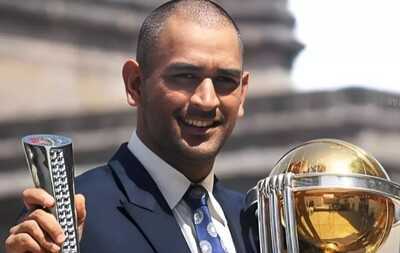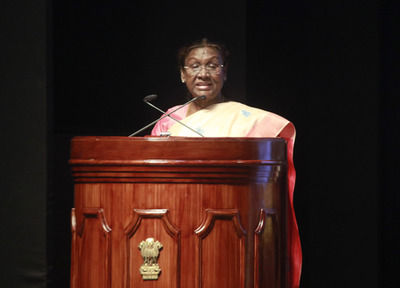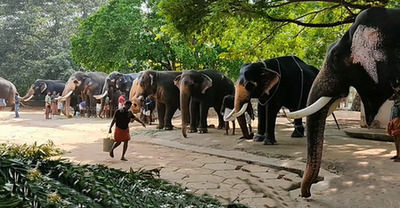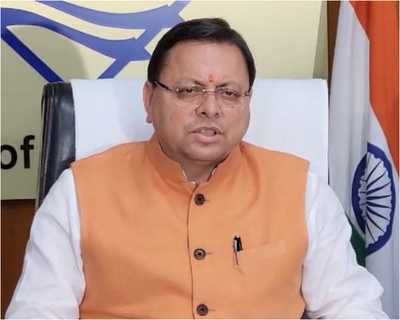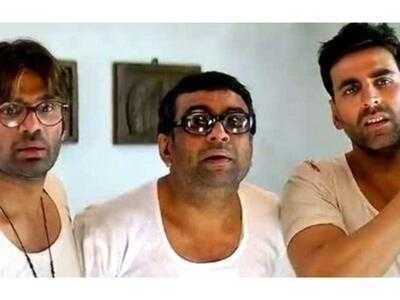Tyrese Haliburton injury: What the NBA star's calf strain reveals about hidden risks in basketball
The Game 7 of the NBA Finals had everything—intensity, clutch shots, high stakes… and a gut-punch moment no one saw coming. Just 4:55 into the first quarter, Indiana Pacers superstar Tyrese Haliburton—who had lit up early with three 3-pointers—collapsed mid-move, clutching his calf. It was sudden. It was painful. And it brought the house down.
Picture this: Haliburton penetrates, eyes locked on the rim, defenders trailing. Suddenly, his right leg gives way. He crumples to the hardwood in agony, pounding the floor in frustration. Trainers rush in. Teammates crowd around him. Haliburton’s been battling a right calf strain since Game 5, but never in his wildest dreams did anyone expect a collapse like this. Still, he managed to drop nine points in five minutes before the incident.
Indiana’s medical team confirmed he’d be done for the night—Game 7 over for their electric point guard. And just like that, the Pacers’ playoff heartbeat was taken off the court.
Calf injuries are surprisingly common among basketball players, given the sport’s demand for explosive movement, quick stops, and frequent jumps. The calf is made up of two primary muscles—the gastrocnemius and the soleus—which connect to the Achilles tendon. When overworked, overstretched, or fatigued, these muscles can strain or tear, leading to pain, swelling, and loss of mobility.
In high-stakes games like the NBA Finals, players often push through minor calf discomfort, risking more severe damage. What starts as a mild strain can escalate into a Grade 2 or 3 tear or, in worst-case scenarios, a ruptured Achilles tendon. That's why Tyrese Haliburton’s injury raised alarms—not just because of the immediate pain, but because history shows us how serious calf issues can become.
Think Kevin Durant in 2019—what was first labeled a “mild calf strain” turned into a full Achilles tear. Or Kobe Bryant, who pushed through calf issues before ultimately tearing his Achilles. Calf injuries need rest, proper rehab, and often weeks (sometimes months) of recovery. For elite players, it's not just about healing—it's about regaining explosive power, balance, and confidence on the court. Rushing back too soon almost always backfires.
How serious is it?
At best, this is a serious calf strain taking a nasty turn. At worst? A torn Achilles. Only an MRI will confirm if it’s just a fresh strain or something nastier like a partial tendon tear. Either way, expect weeks—maybe months—on the shelf, depending on severity. Could be a few weeks off, worst case scenario extends well into the offseason. This might linger into training camp.
Worst-case? A torn Achilles puts him out for most—or all—of next season. Best-case? He rehabs the calf, comes back healthy in a couple months, and enters 2025–26 fresher and more determined than ever. Regardless, the Pacers need medical clarity ASAP.
Read more


